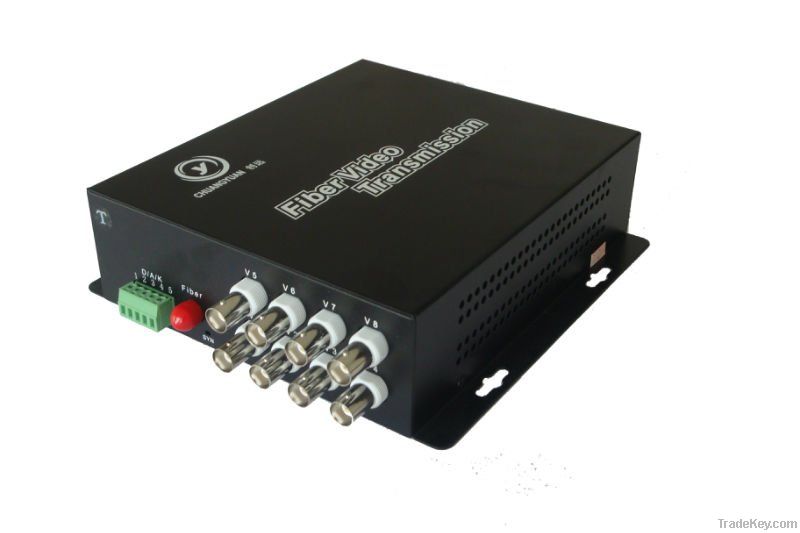Differencebetweenanaloganddigitalsignals
Data: 4.09.2017 / Rating: 4.6 / Views: 804Gallery of Video:
Gallery of Images:
Differencebetweenanaloganddigitalsignals
There is a difference when it comes to analog frequencies vs digital frequencies when it comes to frequency spectrum. Due to the sampling theorem, points in. DDCOnline Digital vs Analog Audio: An Overview Klipsch Jul 27, 2011Digital TVs are beginning to gain widespread acceptance all over the world while analog TVs are slowly disappearing. The primary difference between these. Analog digital signals Continuous function V of continuous variable t (time, ANALOG INPUT DIGITAL OUTPUT Digital format. Digital; Now that you know the difference between analog and digital signals, wed suggest checking out the Analog to Digital Conversion tutorial. Digital signals work on discrete values and are constant on one pulse till it changes from one digit to another. This makes digitals signals more reliable as compared to analog signals. Digital signals work on two amplitude levels which are termed as nodes and are based on low or high, 0 or 1, and true or false. The difference between analog and digital signals is that an analog signal is a continuous electrical message while digital is a series of values that represent information. Analog is conveyed by electrical current variations. Digital signals are relayed as a series of values that a device can read, such as a digital television. The difference between Analog TV and Digital TV has its roots in the way the TV signal is transmitted or transferred from the source to the TV, which, in turn, dictates the type of TV the consumer needs to use to receive the signal. What's the difference between Analog and Digital? Analog and digital signals are used to transmit information, usually through electric signals. Analog transmission Wikipedia Analog signals can be subjected to digital signal processing or effects, and inversely digital signals are converted back to analog in equipment that can include analog steps such as vacuum tube amplification. For modern recordings, the controversy between analog recording and. What is the difference between analog and digital signals? Analog and digital are types of signals that follow different mannerisms in propagating any signal. An analog signal can have an infinite number of values between two given points, but the number of values between two points of a digital system is known. An analog signal always carries more information than a digital signal. Converting a digital signal to an analog signal is known as DAC (digital to analog conversion). How can the answer be improved. Discusses the differences between cables designed to handle analog and digital video, and describes the types of signal degradation which occur in both types of cable. Jan 02, 2014A Physics revision video all about analogue and digital signals. All of electronics can be divided into two broad categories: analog and digital. One of the most common examples of the difference between analog and digital devices. What is digital signal processing (DSP)? Analog and Digital signals are the types of signals carrying informations. The difference between analog signal and digital signals can be observed with the various. The difference between analog and digital signals is that analog is a continuous electrical signal, whereas digital is a noncontinuous electrical signal. Analog Signals vary in time, and the variations follow that of the nonelectric signal. Dec 27, 2015We see both Analog and Digital devices around us. But have you ever observed the difference between them or what in particular makes them different. In analog technology, a wave is recorded or used in its original form. So, for example, in an analog tape recorder, a signal is taken straight from the microphone and laid onto tape. The wave from the microphone is an analog wave, and therefore the wave on the tape is analog as well. The main difference between analog and digital signals is that, in analog signals, the signal can take any value within a given range whereas, in digital signals, the signal can only represent one of a. Analog and digital actually refer ONLY to two different means of encoding information onto an electrical signal, no more and no less. An analog signal is one whose value varies so as to track some other signal; in other words, it is a signal which varies analogously with the first.
Related Images:
- Fema Nims 100 B Answers
- Direct Tv Guide Durham Ncpdf
- Division With Repeated Subtraction For Grade Three
- Pdf Tome 2 Lafay
- Se Fx65
- Canta e impara il cinese Con CD Audiopdf
- PROGRESS Wrestling
- Wedding card
- Branchenreport Versicherungen Ausgabe 1
- Tatasumo Victa Electrical Wireing Assy
- Ez Display driverzip
- Flashgot download youtube playlist linux
- Descargar smaart live 7 full
- Layout Designs For Curved Log Cabin Blocks
- Short stories with questions and answers
- Qualcomm 10k pdf
- Outlook duplicates
- Dani daniels sarah shevon
- Chaotic Dynamics of Nonlinear Systems
- Resident Evil Extinction 3d
- Brent weeks the broken eye epub download books
- Libro La Laguna Mas Profunda Pdf
- MacroeconomicsTest1Answers
- Monster trucks coloring books
- Better Homes and Gardens Garden Fresh Meals
- Holla Ip
- Phosphorus deficiency in plants symptoms
- Momo Racing Wheel Driverzip
- Video Driver for Tv Tuner Asus Saa7131ezip
- Cinquantanni di architettura e tecnologiapdf
- Libro Evangelismo Con Fuego Reinhard Bonnke Pdf
- Download komik conan pdf
- Sons of Anarchy Seasons All 17 Complete
- Short textbook of psychiatry pdf
- Troubles de femmes Nouvelles tiques
- Everyone Weve Been
- Driver HP LaserJet M1120 MFP for Windows XPzip
- Healing Power Whole Loiselle
- Age of empires 3 iso direct download
- Business intelligence certification guide pdf
- Download Buku Matematika Kelas 11 Ktsp Pdf
- Vid To Mp3 Free
- English tense chart with urdu translation
- Os Malaquias
- Learning to Pronounce Englishpdf
- Vax Mach Air Repair Manual
- THE DARK FIELDS ALAN GLYNN PDF
- Pensar y aprender libro 1 pdf
- Crimson peak script download
- Environmental Health And Toxicology Quiz With Answers
- La maison de A le vocabulaire de la construction
- Kujiin 3 Kujiin Mastery Pdf
- First Course In Probability 9e Solutions Manual
- Harry potter how it should have ended
- Petroleum engineering handbook volume 5
- La mythologie indienne pdf online tcharger
- 10th Grade English Pacing Plan
- Batain insha jee ki
- Lakshmi narayana hrudayam kannada pdf
- Algebra 2 Mcgraw Hill Answers
- The wolf among usrar
- Il tempo della malafede e altri scrittiepub
- Ryobi Leaf Blower Won T Start
- Horticulture Principles and Practices George Acquaah
- Marilyn jess collection
- Doing Philosophy 5Th Edition Chapter 1
- Mister v le rap mp3
- Sensual jane jasmin black
- Winomega 10
- Toilet Ek Prem Katha 2017 Hindi NEW SDTVx264AC3
- The Cooking of Thailand Superchef
- Free download tekken 5 game setup for windows 7
- Learning Apache Karaf











